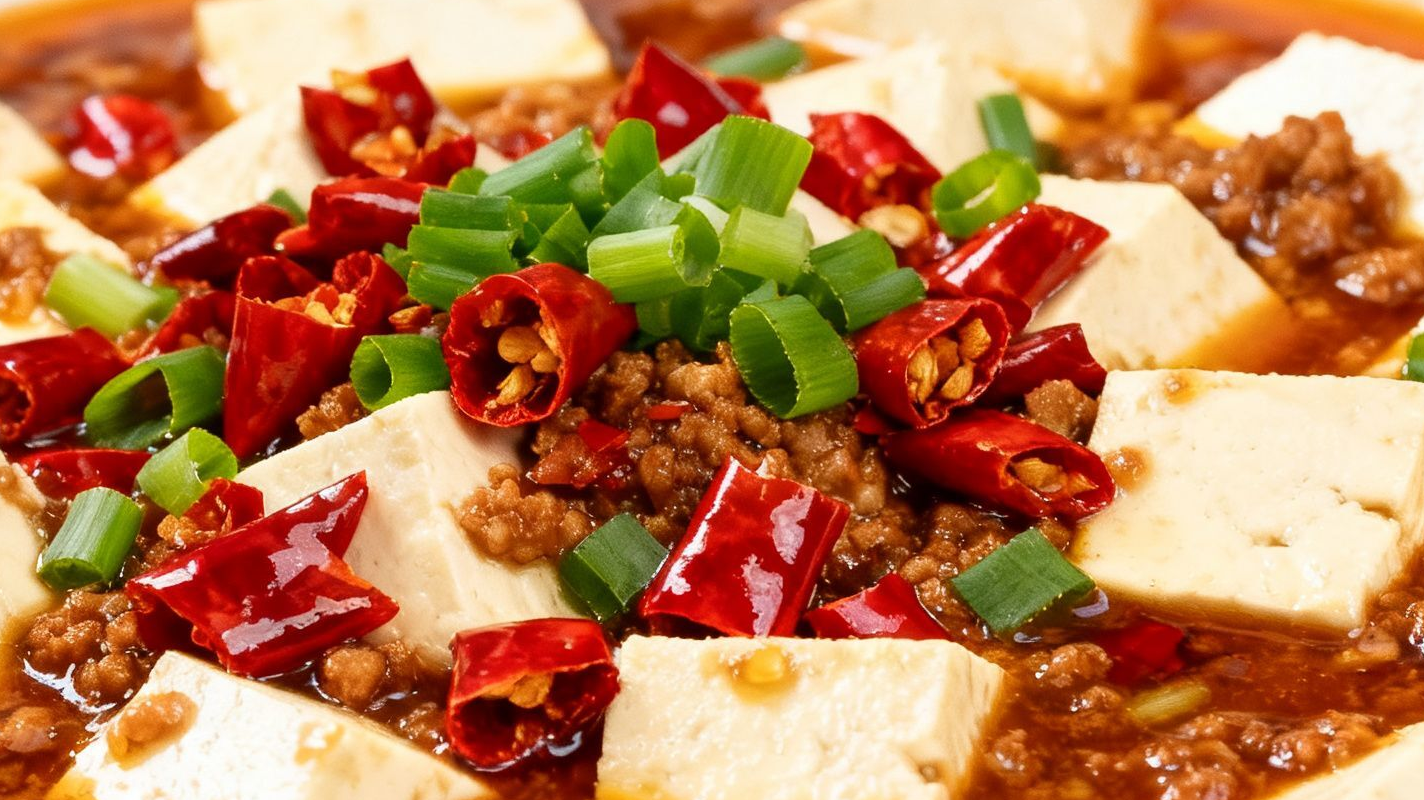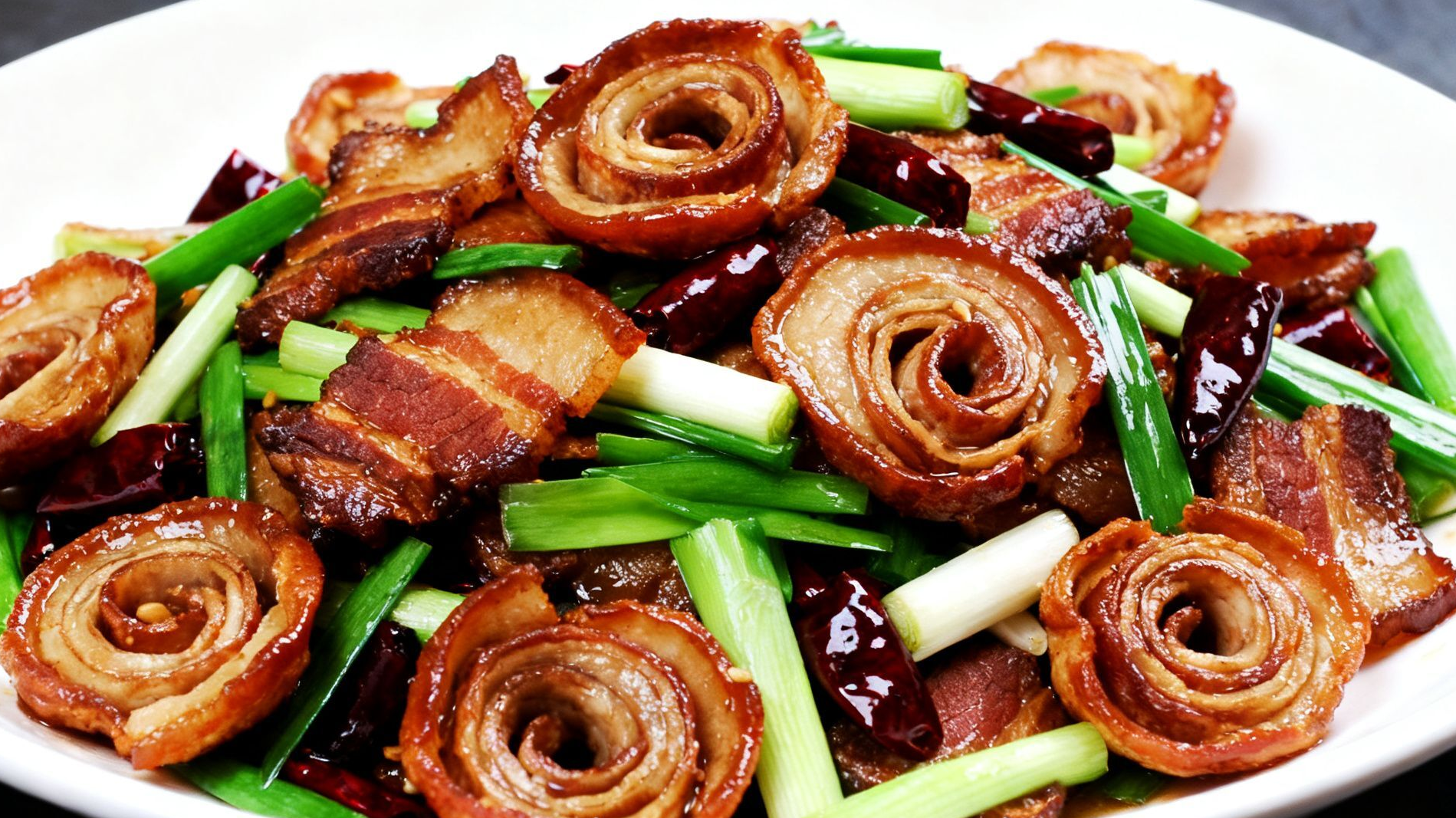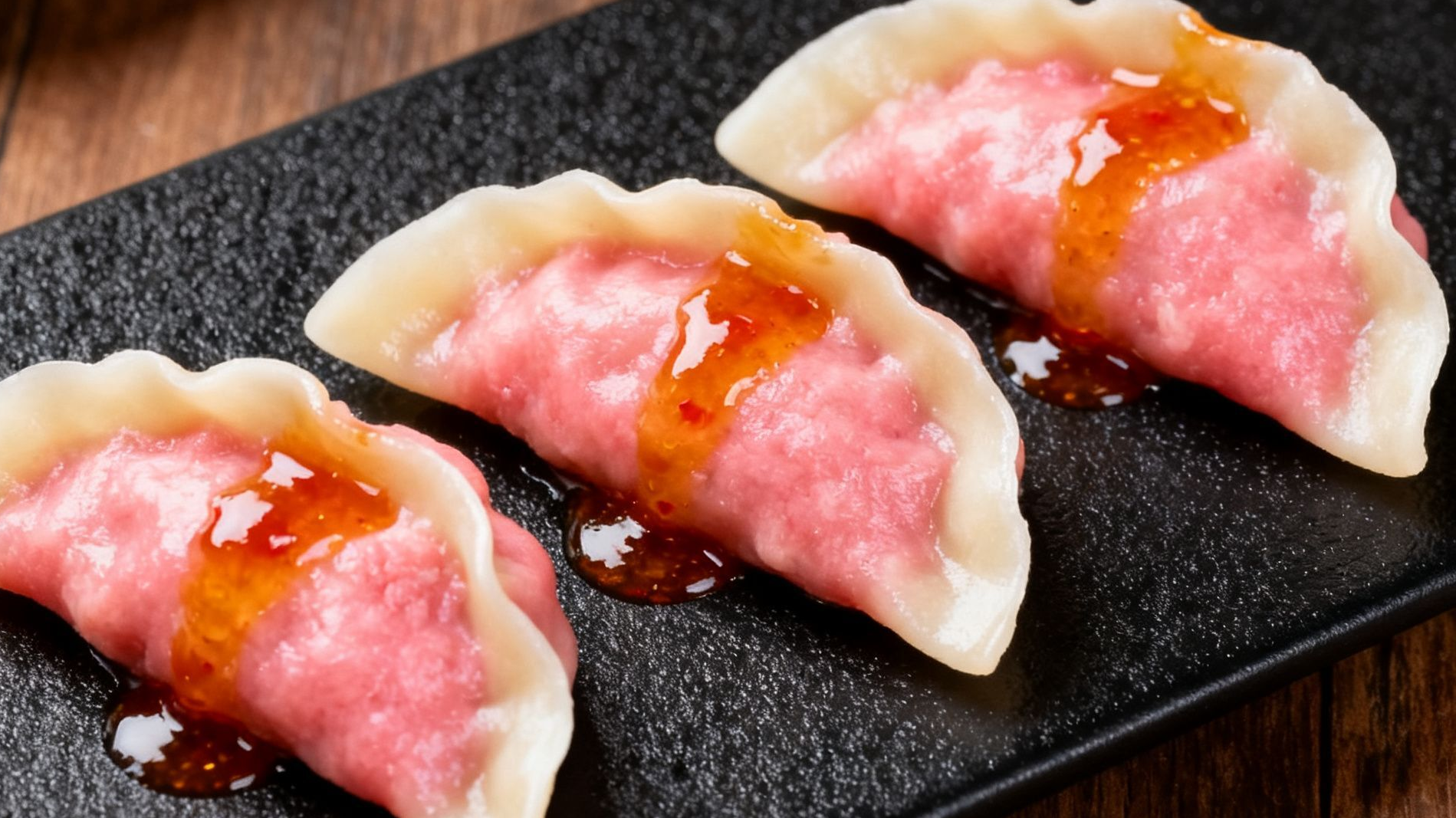Chengdu Time-Honored Restaurants: A Local’s Guide to Authentic Sichuan Flavors
Table of Contents
Introduction: Why Chengdu’s Legacy Eateries Matter
In the heart of Sichuan province, Chengdu’s culinary heritage runs deeper than its famous hotpot steam. The city’s time-honored restaurants—some operating for over a century—serve as living museums of Sichuan’s 24 flavor profiles, where recipes perfected over generations continue to delight locals and visitors alike. Unlike the tourist-centric spots in Jinli Ancient Street or Wide & Narrow Alleys, these venerable establishments (locally called “laozihao” (time-honored brand)) have earned their reputations through decades of consistent quality, affordable prices, and unwavering dedication to tradition.
“The best flavors in China gather in Sichuan, but the soul of Sichuan cuisine lies in Chengdu’s alleyway eateries.” — Local food proverb
This guide unveils 8 essential Chengdu time-honored restaurants that have fed generations of residents. From silky Mapo tofu to numbing-spicy夫妻肺片 (Fuqi Feipian), each spot offers a unique window into Chengdu’s gastronomic history, with average cost ranging from ¥15 to ¥71—proof that authentic flavor doesn’t require a luxury budget.
1. Ma Jia Chang Fei Chang Fen: 30 Years of Silky Vermicelli Mastery
Tucked away on Tulong Road, this humble eatery has been serving Chengdu’s best fei chang fen (pork intestine vermicelli soup) since 1995. What makes their vermicelli special? The sweet potato noodles are hand-pulled daily, resulting in a chewy texture that perfectly absorbs the rich broth. Locals swear by their signature feichang jiezi (braised pork intestines), tender enough to burst with flavor in one bite.
Must-order combination:
- Fei Chang Fen (肥肠粉) with extra jiezi (¥15)
- Beef Guo Kui (牛肉锅盔) — crispy layered pastry stuffed with spiced beef (¥5)
“I’ve been coming here since I was a kid,” says 68-year-old regular Mr. Li. “The chili oil recipe hasn’t changed—still uses Sichuan’s Erjingtiao peppers, coarsely ground for maximum aroma.”
Practical Info:
- Address: No. 107 Tulong Road, Jinniu District
- Hours: 07:00–18:30
- Price: ¥20/person
- Pro tip: Arrive before 11:00 to avoid the morning rush of local residents
2. Xiong Ji Ban Cai: Sichuan’s Answer to Charcuterie Perfection
In the industrial neighborhood of Shuinihe, this 30-year-old “fly restaurant” (no-frills eatery) has mastered the art of Sichuan cold dishes. The tiny shop, with its flickering fluorescent lights and plastic stools, serves up tu ding (rabbit cubes) and zhu er duo (pig ears) tossed in a secret sauce of chili oil, Sichuan peppercorn, and fermented soybeans.
Signature dishes:
- Ban Tudou (拌兔丁) — rabbit meat marinated in Sichuan peppercorn oil (¥38/500g)
- Bai Wei San Si (白味三丝) — refreshing tripe salad with sesame sauce (¥22)
Insider hack: Locals buy 500g of mixed dishes and pair them with handmade noodles from the neighboring stall for the ultimate budget meal (total ¥35/person).
Practical Info:
- Address: Opposite Unit 3, Building 31, Shuinihe Road, Jinjiang District
- Hours: 09:30–20:30
- Price: ¥31/person
- Warning: Cash only; no English menu (point to the glass display case for selection)
3. Dongzikou Zhang Lao Er Liang Fen: Sweet Noodles with a Cult Following
Across from Wenshu Monastery, this 60-year-old institution has perfected two看似简单 (deceptively simple) dishes: sweet noodles (甜水面) and bean jelly (凉粉). The sweet noodles—thick, chewy strands coated in a caramel-like sauce—strike the perfect balance between sweet, salty, and numbing, while the bean jelly melts in your mouth with a tangy kick.
Crowd favorites:
- Tian Shui Mian (甜水面) — wide noodles with chili oil and sesame paste (¥8)
- Huang Liang Fen (黄凉粉) — mung bean jelly with garlic sauce (¥6)
“Their sweet noodles changed my perception of Sichuan food,” says American traveler Sarah K. “I expected only heat, but these have this amazing sweet-spicy complexity.”
Practical Info:
- Address: No. 39 Wenshu Monastery Street, Qingyang District
- Hours: 08:30–18:30
- Price: ¥15/person
- Note: Shares space with a Buddhist supply store—look for the red lanterns out front
4. Xiyuecheng Tan Douhua: Silky Tofu Pudding Since 1920
For over a century, this family-run spot has been serving Chengdu’s most famous douhua (tofu pudding). Their bingzui douhua (iced fermented tofu) is a revelation—silky tofu swimming in a sweet-sour syrup with osmanthus flowers, perfect for cooling down after spicy meals.
Not-to-miss items:
- Bingzui Douhua (冰醉豆花) — fermented tofu with rice wine (¥10)
- Sazi Douhua (馓子豆花) — topped with crispy fried dough twists (¥8)
- Tian Shui Mian (甜水面) — chewy noodles with sweet bean paste (¥7)
Historical note: Founded during the Republic of China era, Tan Douhua survived the 1937–1945 war by serving tofu to hungry refugees, cementing its place in Chengdu’s culinary history.
Practical Info:
- Address: No. 86-13 Xidajie Street, Qingyang District
- Hours: 07:30–20:30
- Price: ¥22/person
- Bonus: Try their limited-edition Laba congee during the winter solstice
5. Chen Mapo Tofu: Birthplace of a Global Icon
No visit to Chengdu is complete without paying homage to the inventor of Mapo tofu. Established in 1862, this UNESCO-recognized restaurant still prepares the dish using Chen’s original recipe: silken tofu, minced beef, fermented broad bean paste, and Sichuan peppercorn, resulting in the iconic “ma la” (numbing-spicy flavor profile) sensation.

The authentic experience:
- Classic Mapo Tofu (麻婆豆腐) — request “medium spicy” for first-timers (¥38)
- Shui Zhu Rou Pian (水煮肉片) — tender pork in chili oil broth (¥58)
- Gong Bao Ji Ding (宫保鸡丁) — sweet-sour chicken with peanuts (¥48)
“We maintain the seven original characteristics,” explains head chef Wang: “麻 (numbing), 辣 (spicy), 烫 (hot), 香 (fragrant), 酥 (crisp), 嫩 (tender), and 鲜 (fresh).”
Practical Info:
- Address: No. 51 Donghuamen Street, Qingyang District (main branch)
- Hours: 11:00–14:30, 17:00–21:00
- Price: ¥60/person
- Reserve ahead: English menu available; peak hours (12:00–13:30) require 30-minute waits
6. Pan Sun Shi: The Art of Twice-Cooked Pork
This 98-year-old restaurant has elevated hui guo rou (twice-cooked pork) to an art form. Their version uses pork belly boiled then stir-fried with Pixian doubanjiang, garlic shoots, and sweet bean paste, creating the perfect balance of savory and slightly sweet flavors.

Signature dishes:
- Hui Guo Rou (回锅肉) — limited to 30 servings daily (¥58)
- Lu Rou Fan (卤肉饭) — braised pork over rice (¥28)
Cultural significance: Pan Sun Shi’s recipe was featured in Fuchsia Dunlop’s Land of Plenty, credited with introducing authentic Sichuan cuisine to Western audiences.
Practical Info:
- Address: No. 62-63 Huaxing Road, Jinjiang District
- Hours: 11:00–14:30, 17:00–21:30
- Price: ¥71/person
- Insider tip: Order the “family-style” portion to experience the traditional presentation in a clay pot
7. Fuqi Feipian: When Numbing-Spicy Meets Perfect Knife Skills
Despite its literal translation (“Husband and Wife Lung Slices”), this iconic dish contains no lung—just perfectly sliced beef tendon, tongue, and tripe in a fiery sauce. The original branch on Zongfu Road, established in 1933, still uses the founders’ recipe of 23 spices and a seven-step marination process.
Must-try:
- Signature Fuqi Feipian (夫妻肺片) — ¥68/500g
- Spiced Beef Shank (五香牛腱) — ¥88/kg (popular for takeaway)
“The secret is in the knife work,” says third-generation owner Ms. Zhang. “Each slice must be exactly 0.3mm thick to absorb the sauce properly.”
Practical Info:
- Address: No. 23 Zongfu Road, Jinjiang District
- Hours: 10:30–21:30
- Price: ¥57/person
- Fun fact: Listed in the 2025 “Taste Atlas” as one of the World’s 100 Best Dishes
8. Zhong Shui Jiao: Sweet-Sour Dumplings with a Modern Twist
Founded in 1894, this UNESCO-listed dumpling house has mastered the delicate balance of sweet and spicy in their signature dumplings. While purists swear by the original pork filling, their 2025 innovation—durian cheese dumplings—has attracted a new generation of fans, with young customers now comprising 60% of their clientele.

Dumpling selection:
- Classic Zhong Shui Jiao (钟水饺) — sweet-sour pork dumplings (¥12/10pcs)
- Durian Cheese Jiao (榴莲芝士饺) — limited-time offering (¥28/6pcs)
- Osmanthus Jelly (桂花冰粉) — refreshing dessert (¥8)
Cultural experience: Dine in their People’s Park location to enjoy Sichuan opera performances while eating (additional ¥60 for tea and show).
Practical Info:
- Address: Ziwei Pavilion, People’s Park, 12 Shaocheng Road, Qingyang District
- Hours: 08:30–20:00
- Price: ¥31/person
- Pro tip: Arrive at 14:00 to avoid lunch crowds and catch the opera matinee
Avoiding Tourist Traps: How to Spot Authentic Eateries
Chengdu’s culinary popularity has spawned countless imitators. Use these local tips to separate the genuine from the gimmicky:
- Check the clientele: If 80% of diners are taking photos instead of eating, move on. Authentic spots have more locals than tourists.
- Look for handwritten signs: Many “laozihao” still use hand-painted menus or price boards.
- Price test: A true local eatery will serve a filling meal for under ¥40/person.
- Check the clientele: If 80% of diners are taking photos instead of eating, move on. Authentic spots have more locals than tourists.
- Look for handwritten signs: Many “laozihao” still use hand-painted menus or price boards.
- Price test: A true local eatery will serve a filling meal for under ¥40/person.
- The three-question rule:
- Is the restaurant located in a residential area?
- Have prices remained stable for years?
- Do schoolchildren stop by after class?
- Do they accept mobile payments like Alipay/WeChat Pay?
- Is the menu handwritten or printed?
“Real Sichuan flavor经得起三问 (can withstand three questions): Dare they operate in an alley? Have prices stayed the same for a decade? Do kids beg their parents to stop by?” — Master Chef Fu Zuoming
Conclusion: Eating Like a Local in Chengdu
Chengdu’s time-honored restaurants offer more than just meals—they provide a taste of living history. From Ma Jia Chang’s morning vermicelli to Pan Sun Shi’s evening huiguorou, these establishments prove that Sichuan cuisine’s true essence lies not in tourist spectacles but in the daily dedication to craft. For deeper culinary exploration, visit the Sichuan Cuisine Museum to learn about traditional cooking techniques or check Taste Atlas Chengdu rankings for additional recommendations from food experts.
As you explore these culinary landmarks, remember: the best seats are always at the communal tables, where you’ll likely share stories (and maybe a few chili peppers) with Chengdu residents who’ve been savoring these flavors for decades. In a city where food is both culture and conversation, these restaurants aren’t just places to eat—they’re where Chengdu’s heart beats strongest.
Ready to start your culinary journey? Begin at Dongzikou Zhang Lao Er for breakfast, then make your way to Chen Mapo Tofu for lunch—just leave room for Xiong Ji Ban Cai’s evening cold dishes. Your taste buds will thank you.
